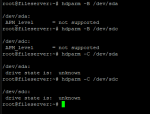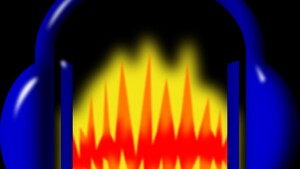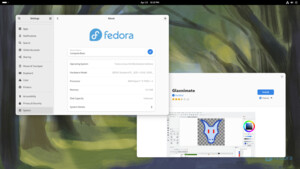bywizard
Lieutenant
- Registriert
- Okt. 2018
- Beiträge
- 537
Moin ich hab in meinem kleinen Linux Debian NAS Server zwei 8TB HDD's drinnen [Seagate Ironwolf] und eine kleine SSD fürs Betriebssystem.
Ich hab nach einer Zeit gemerkt, dass sich die 2 HDD's 24/7 drehen auch wenn ich sie mal nicht brauche und habe ein bisschen gegoogelt wie ich sie in den Standby setzen könnte. Ich hab rausgefunden dass das mit hdparm geht und tlp. Jedoch wenn ich ein paar commands ausführe um mein APM_Level zu sehen und auch zu sehen in welchem "Zustand" sich die Platte befindet kriege ich folgende Probleme

Meine Frage ist nun: Mache ich etwas falsch, was ich persönlich auch selber glaube oder unterstützen die Platten wirklich das nicht?
EDIT: ich habe gerade den hdparm -Y command getestet welcher funktioniert und die platte sofort in den standby schickt
Ich hab nach einer Zeit gemerkt, dass sich die 2 HDD's 24/7 drehen auch wenn ich sie mal nicht brauche und habe ein bisschen gegoogelt wie ich sie in den Standby setzen könnte. Ich hab rausgefunden dass das mit hdparm geht und tlp. Jedoch wenn ich ein paar commands ausführe um mein APM_Level zu sehen und auch zu sehen in welchem "Zustand" sich die Platte befindet kriege ich folgende Probleme

Meine Frage ist nun: Mache ich etwas falsch, was ich persönlich auch selber glaube oder unterstützen die Platten wirklich das nicht?
EDIT: ich habe gerade den hdparm -Y command getestet welcher funktioniert und die platte sofort in den standby schickt
Zuletzt bearbeitet:



